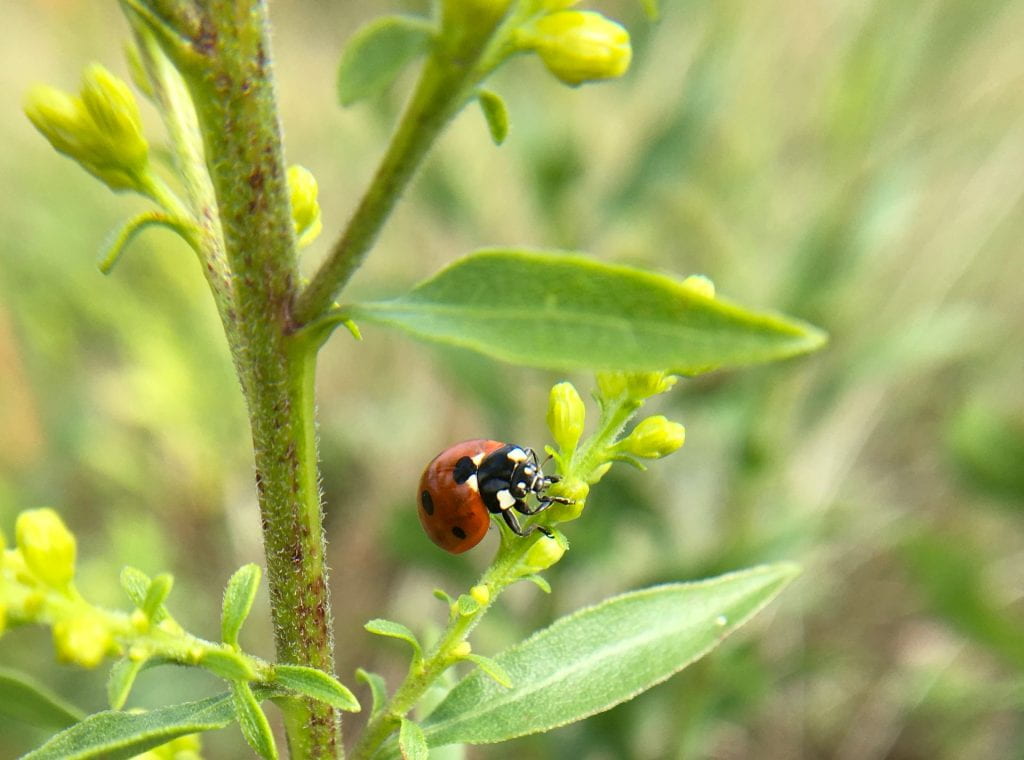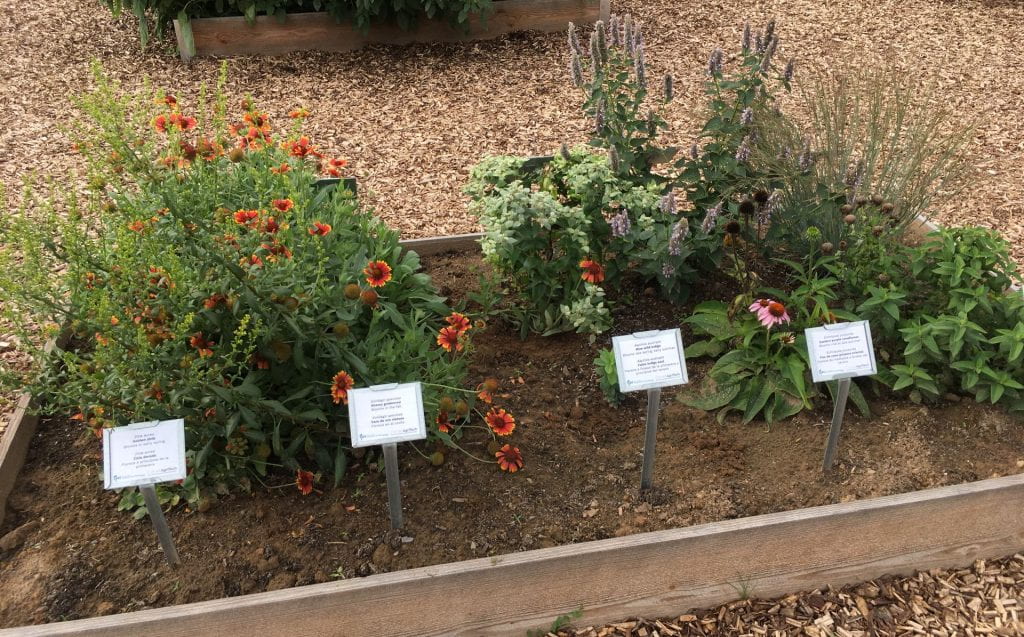
You’ve probably heard that fall is the best time to plant perennials (including seed for perennial wildflowers). Are you planning to start or expand a planting that supports pollinators and natural enemies of pests (beneficial insects) this fall? Trying to decide what to plant? I wanted to make sure you know about some resources from NYSIPM (some of them new this summer) that can help!
Who are you trying to attract?

The good news is that flowers that produce lots of pollen and nectar and provide season-long blooms (usually as part of a mixed planting) will support a diverse group of both natural enemies that eat pests and pollinators. If you want to get a bit more specific than that, you might consider checking out:
- Natural Enemies and What They Eat in the Field – Targeting a particular pest? This chart can help you determine which natural enemies will help.
- (New!) Pocket Guide to Beneficial Insects – This guide was created for urban growers in New York City, but fortunately all of the beneficial insects in the Guide can be found throughout NY. It will help you recognize beneficial insects when you see them.
These resources are linked from this page. The NYSIPM website is in the process of migrating, and I’ll update this link once this page moves. You can also read about “friends in the garden” (natural enemies) that you’ll find on the ground and on plants or flying through the air in previous blog posts.
Picking plants

- Plants for Natural Enemies (full list) – A very large spreadsheet summarizing data from university research and extension resources; Everything I could find about individual plant species and which insects (especially natural enemies) they support.
- (New!) Plants for Natural Enemies (2 pg handout) – Much shorter table listing 26 plants (perennials and annuals) that will support natural enemies (and pollinators); Bloom times are for central NY, and may vary in other locations (especially different USDA plant hardiness zones).
These resources are also linked from this page. And I’ve written a few blog posts about choosing plants (here and here).
What are you planting this fall?
This post was written by Amara Dunn, Biocontrol Specialist with the NYSIPM program.
